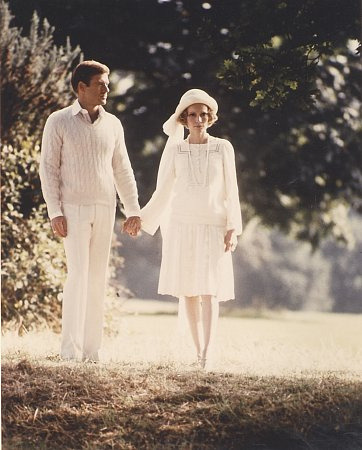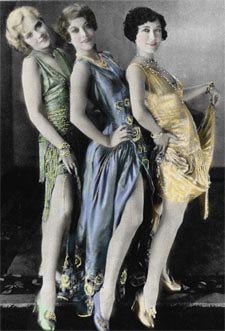 The novel The Great Gatsby written by F. Scott Fitzgerald had alot of very meaningful life lessons and gave us an example of what not to be like. The novel has themes such as jealous, greed, and unrequited love. Another theme of the novel is Selfish people. Each character does certain things to help themselve
The novel The Great Gatsby written by F. Scott Fitzgerald had alot of very meaningful life lessons and gave us an example of what not to be like. The novel has themes such as jealous, greed, and unrequited love. Another theme of the novel is Selfish people. Each character does certain things to help themselve s succeed. They are willing to do anything to get ahead and be the best of the best.
s succeed. They are willing to do anything to get ahead and be the best of the best.One of the first character we seeing doing selfish things is Tom Buchanan. Tom has an affair with a lower class woman, Myrtle Wilson while he is happily married to his wife, Daisy. Tom has a beautiful family, a loving wife, and a happy marriage, but he decides to go for a lower class woman for his own selfish reasons. Daisy, also has some selfish traits as well. Throught the novel the real reason she marries Tom unravels. She only married Tom for his money , even though she was still in love with Jay. But Jay did not have the money to support her, so she married Tom. Another character that displays selfish character is Myrtle Wilson. Mrytle like Tom also has a loving spouse. Her husband realizes that she is unhappy with their living conditions and tries his best to provide for her. He knows she wants to live the lavish lifestyle and be showered with gifts, but as much as he would like to do that, he can't. To get what she wants, Myrtle decideds to have an affair with a rich man, Tom Buchanan so he can satisfy her wants. These characters portray selfish traits throughout the novel and are perfect examples of what we should not act like.
, even though she was still in love with Jay. But Jay did not have the money to support her, so she married Tom. Another character that displays selfish character is Myrtle Wilson. Mrytle like Tom also has a loving spouse. Her husband realizes that she is unhappy with their living conditions and tries his best to provide for her. He knows she wants to live the lavish lifestyle and be showered with gifts, but as much as he would like to do that, he can't. To get what she wants, Myrtle decideds to have an affair with a rich man, Tom Buchanan so he can satisfy her wants. These characters portray selfish traits throughout the novel and are perfect examples of what we should not act like.
 , even though she was still in love with Jay. But Jay did not have the money to support her, so she married Tom. Another character that displays selfish character is Myrtle Wilson. Mrytle like Tom also has a loving spouse. Her husband realizes that she is unhappy with their living conditions and tries his best to provide for her. He knows she wants to live the lavish lifestyle and be showered with gifts, but as much as he would like to do that, he can't. To get what she wants, Myrtle decideds to have an affair with a rich man, Tom Buchanan so he can satisfy her wants. These characters portray selfish traits throughout the novel and are perfect examples of what we should not act like.
, even though she was still in love with Jay. But Jay did not have the money to support her, so she married Tom. Another character that displays selfish character is Myrtle Wilson. Mrytle like Tom also has a loving spouse. Her husband realizes that she is unhappy with their living conditions and tries his best to provide for her. He knows she wants to live the lavish lifestyle and be showered with gifts, but as much as he would like to do that, he can't. To get what she wants, Myrtle decideds to have an affair with a rich man, Tom Buchanan so he can satisfy her wants. These characters portray selfish traits throughout the novel and are perfect examples of what we should not act like.













